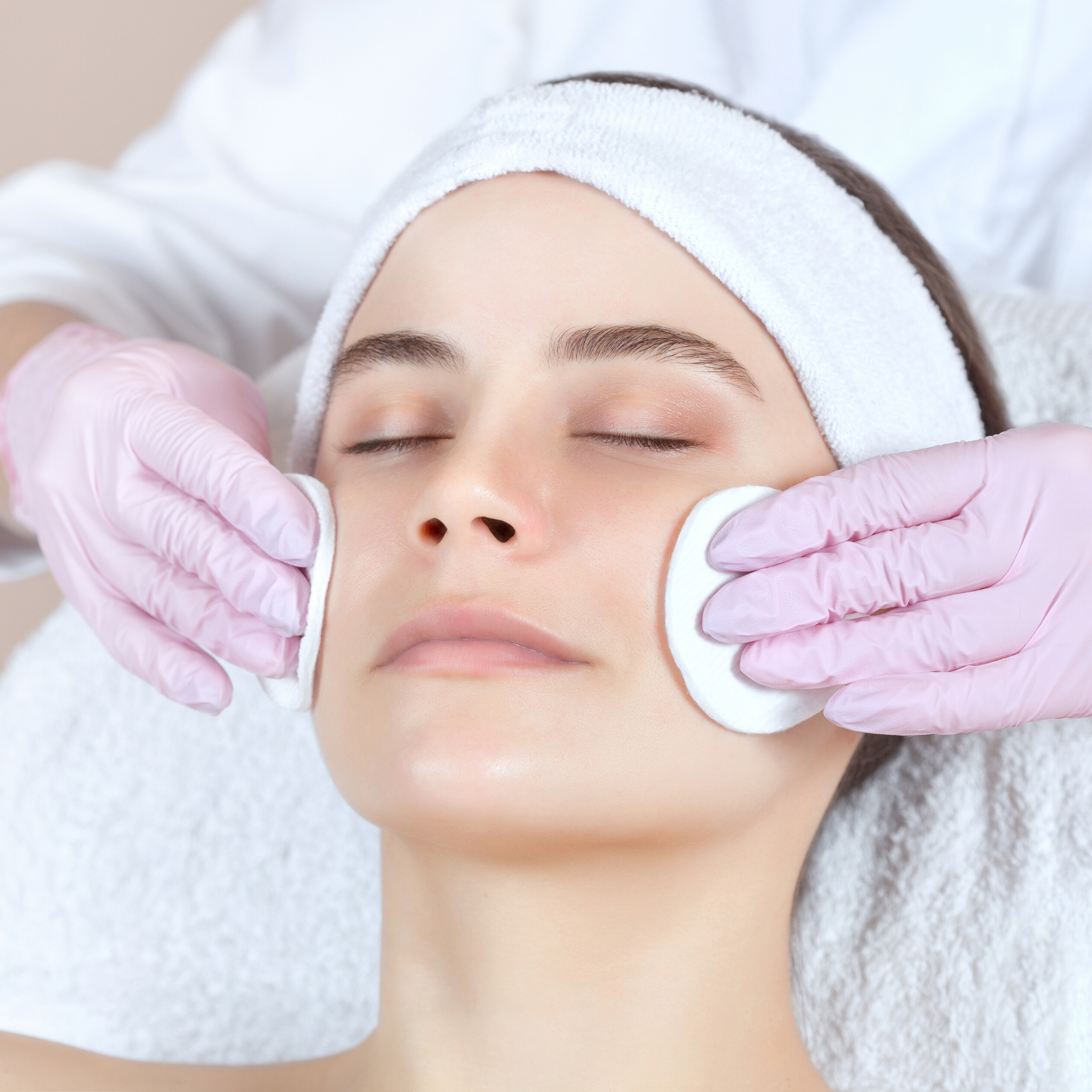You might have mistaken them for blackheads if you've noticed small dark spots on your nose, cheeks, or chin. But if you've been scouring the internet for all things blackheads, you may also come across sebaceous filaments and wonder if that's what you see—primarily if the blackhead products you've tried haven't worked.
Blackheads and sebaceous filaments are often confused because they have a lot of similarities, like the regions they appear on your face. Indeed, they are different. Sebaceous filaments are tiny, dark sebum-carrying hairs that can give skin an "out of focus" appearance. Their wider shape separates them from blackheads, and they generally do not produce the same level of discomfort or other problems as blackheads. In this blog post, we focus on how to identify sebaceous filaments and what treatments will work.
What are sebaceous filaments?
Sebaceous filaments are naturally-occurring hair-like formations that have an essential function: they channel sebum along the lining of the pores in which they exist. These filaments are a natural part of the skin's follicle (pore) structure, and everyone has them. If your skin is oily or your pores are prone to get clogged, you might notice pores more often. A sebaceous filament becomes visible as your pore fills up with a natural oil called sebum.
Sebaceous filaments can transform into either blackheads or just the pore lining. This will happen if the accumulation of sebum is exposed to oxygen and oxidizes, hence turning dark, forming a blackhead.
Look at your nose. Are there small dots- like a whole series of pinpricks- on the pore's surface? If dots on your skin or nose are pretty dark, you likely see blackheads. However, if they have a clear-ish tone or a gray or yellow tinge, these are sebaceous filaments. Another difference is that when extracted, blackheads have a plug-like appearance, whereas sebaceous filaments look more like a free-flowing column of wax-like sebum (resembling a tiny strand of hair) as they are squeezed out.
Can you get rid of sebaceous filaments?
You might have heard that you can get rid of sebaceous filaments, but the truth is it can never be done completely. They can be extracted, but they'll come back soon after, usually within 30 days for those with oily skin. They're something everyone has, and most people won't see them anyway.
The best sebaceous filaments products
Although everyone has sebaceous filaments as a natural part of their skin, they can cause the pores to be clogged and enlarged, and who wants that? Maintaining healthy-facing skin is fundamental, and a BHA exfoliant serum for sebaceous filaments can make it easier. This type of product is oil-soluble, which means it can break up the types of oils that are clogging the pores. It also removes dead cells from the surface so new ones can grow in their place.
A clay face mask has been found to be very effective against sebaceous filaments. They absorb a lot of oil and can therefore be used in addition to other treatments. And, of course, a good, gentle but effective skincare routine based on your skin type is always an excellent idea!
Do pore strips remove sebaceous filaments?
While pore strips may make sebaceous filaments look less noticeable, you should be aware that this is a temporary solution. Pore strips can be rough on your skin, so you might like to try a leave-on exfoliant product that works on both blackheads and sebaceous filaments.
References for this information:
- British Journal of Dermatology, November 2006, pages 890–894
- Milady Standard Esthetics Fundamentals
- Archives of Dermatological Research, March 1976, pages 9–21



